Starting high school is an important milestone in every student’s life. But amidst the excitement of transitioning into this new chapter comes a lot of stress and nerves about the unknown–– the social and academic challenges that await them in the next four years.
The best way Poly can alleviate the anxieties of these incoming students is through the support of the entire student community, particularly upperclassmen who have already walked the path that freshmen are just beginning. However, interconnectedness in the Poly Upper School is far from reaching its fullest potential.
Let’s talk about the current situation. Freshman Ariana Hosseini said, “The main ways I know people are on the volleyball team…There are also a few people from debate here and there and people that I know from outside of school, but I don’t know that many people.”
Clubs are starting up as well, but the issue with meeting upperclassmen through extracurriculars is that interaction tends to be limited to the activity. You interact with people on the volleyball team to play volleyball, with debaters to construct arguments; as such, it is hard for freshmen and sophomores to connect with juniors and seniors beyond the scope of their extracurriculars and tend to spend most of their time with people within their own grade. This is apparent from looking around the Poly campus. While not officially designated, each grade has its own patio, making Arden lawn the only outdoor area that isn’t a single-grade only space.
The Poly faculty has attempted to create cross-grade programs through peer mentors and family advisories. Peer Mentors is an excellent program to provide support, but it doesn’t connect students of every grade level and, therefore, cannot strengthen the bond across the entire community. As for Family Advisories, they don’t happen nearly enough for friendships to form, and the meetings are often brief given that they follow Morning Meetings.
However, there are a few approaches we can take to increase connectivity between grades and make our whole student body more cohesive.
First, students, with the help of the ASB, could organize different events to help various grades get to know each other. These could include game nights, cross-grade rivalries, high school picnics, and other community activities. In addition to having fun at these events together, underclassmen and upperclassmen can also get to know each other better in collaborating to plan them.
Another idea is community scramble. For those of you who went to the Poly Middle School, you may remember that on every Wednesday we had the opportunity to connect with students we may not have known that well before. Community scramble was particularly effective because in Middle School, the groups would change about once a quarter, which gave enough time to form substantial friendships and also gave the opportunity to meet a variety of people throughout the year. While sports, clubs and mixed-grade classes do provide ways to talk to new people, these programs can be enhanced by teachers and coaches by organizing students across different grades into groups for specific projects or practice drills.
By expanding opportunities for students across all grades to interact, share experiences and form meaningful relationships, Poly can create a tight-knit community as well as a more nurturing environment for freshmen on their first day of school, seniors on their last day and everyone in between.



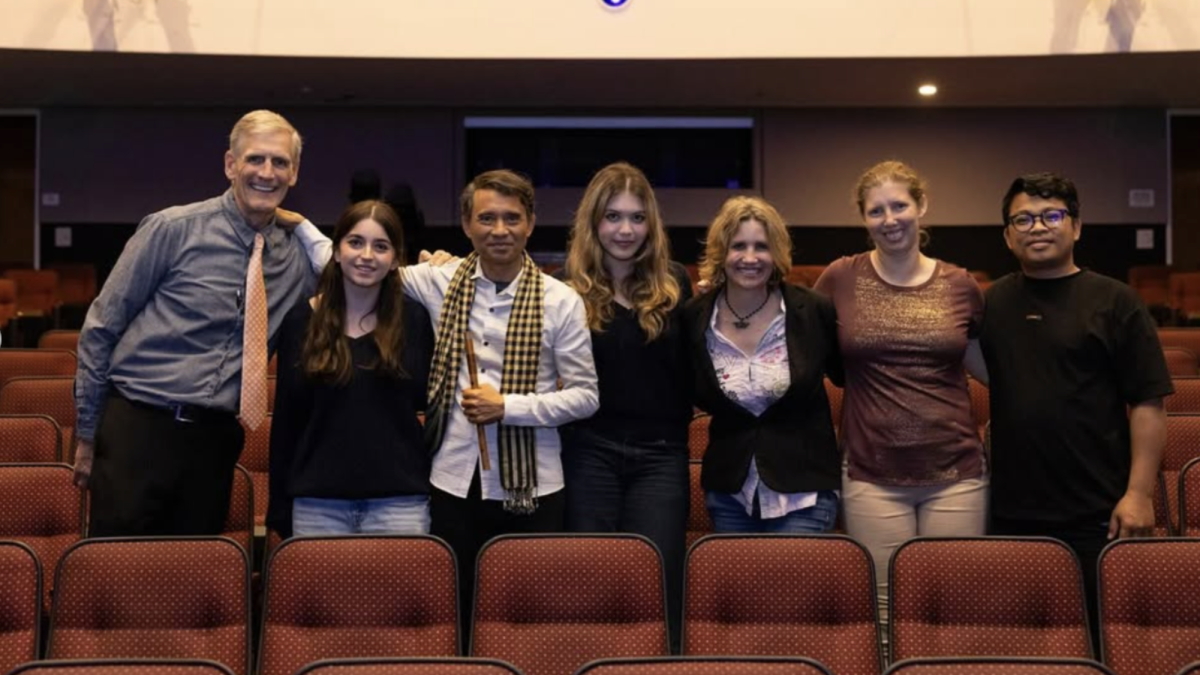
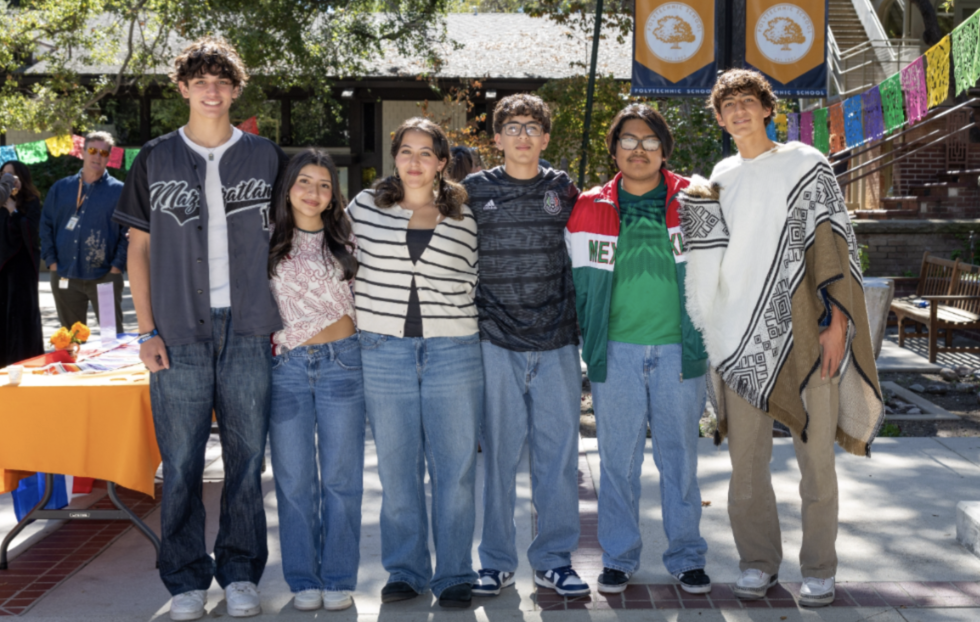
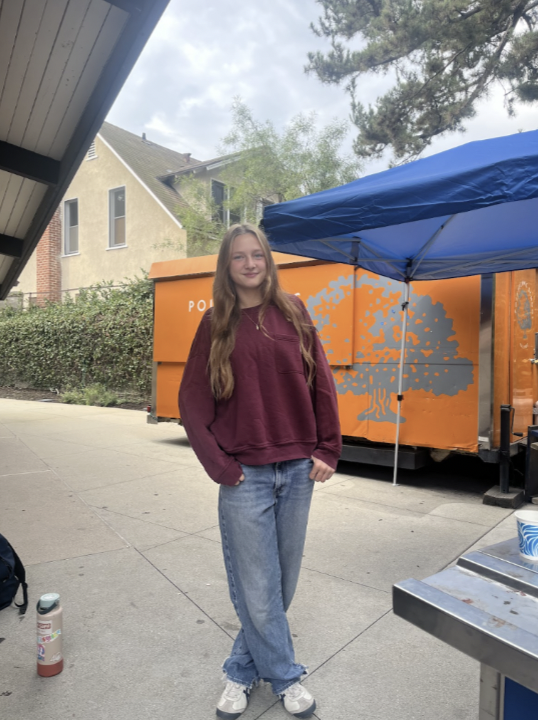
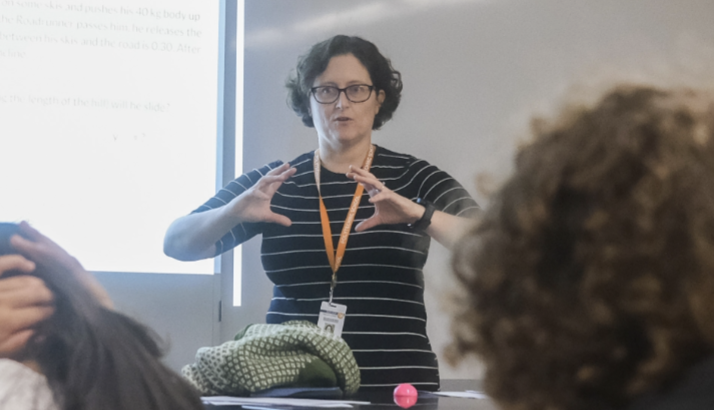





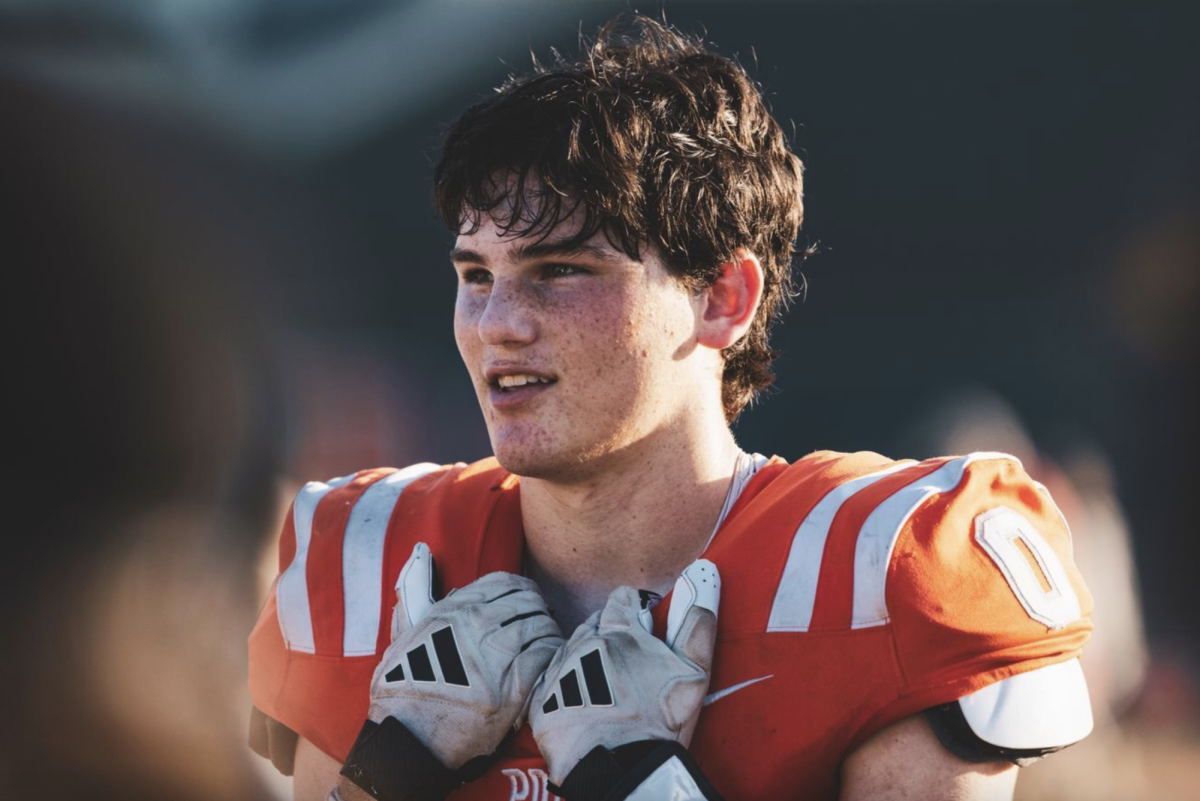

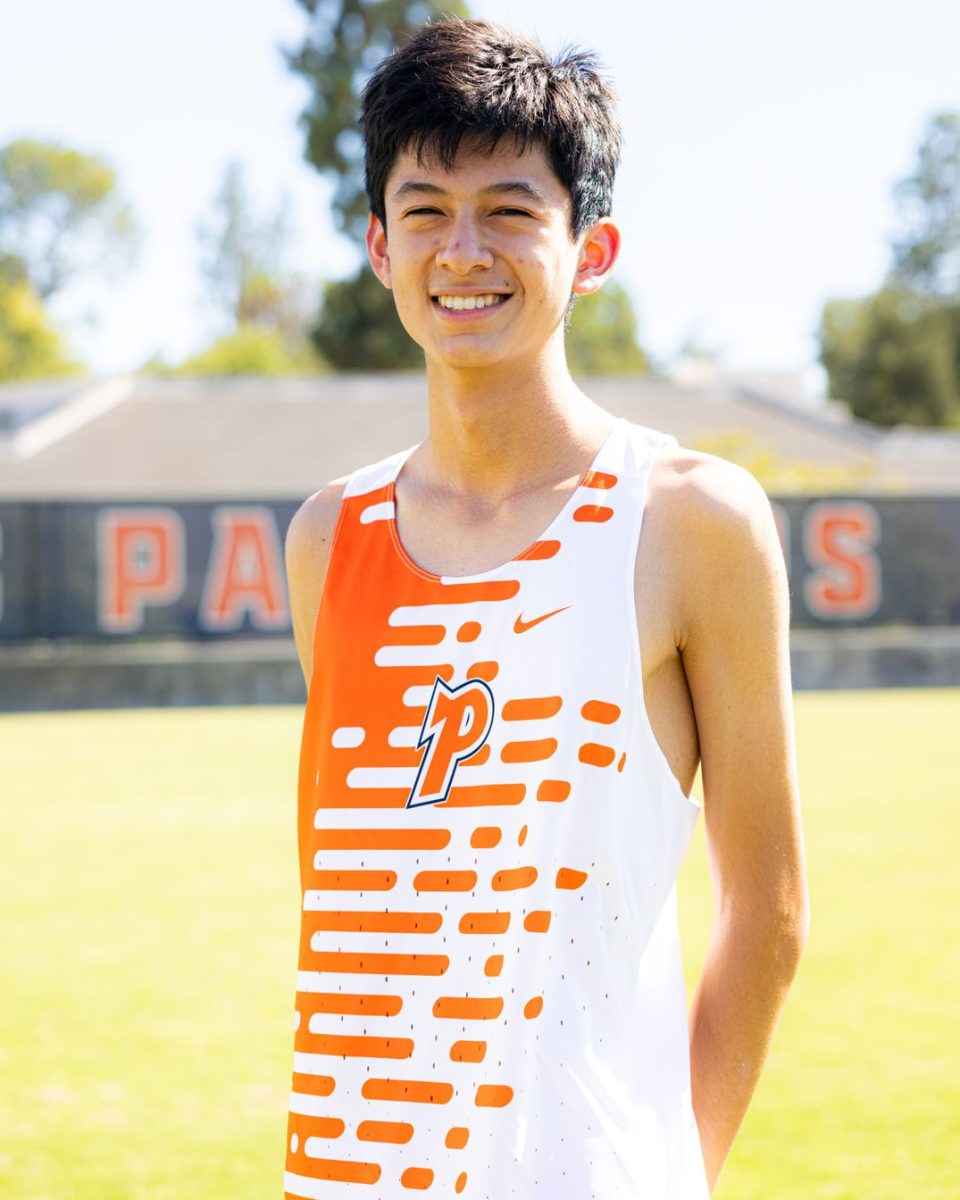
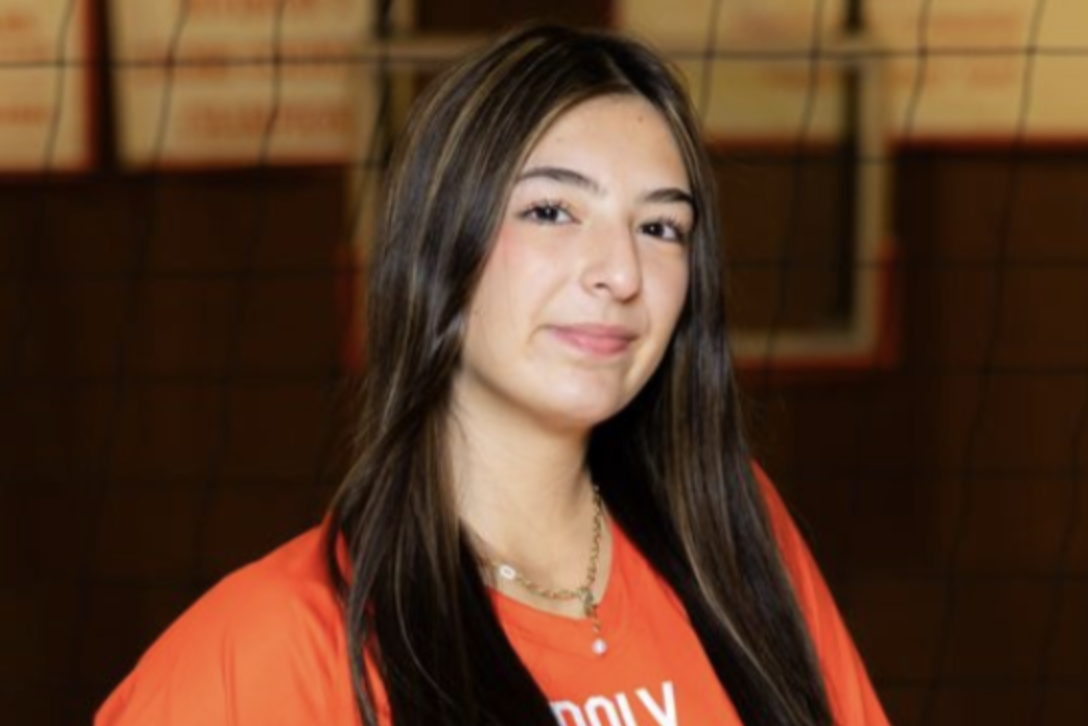

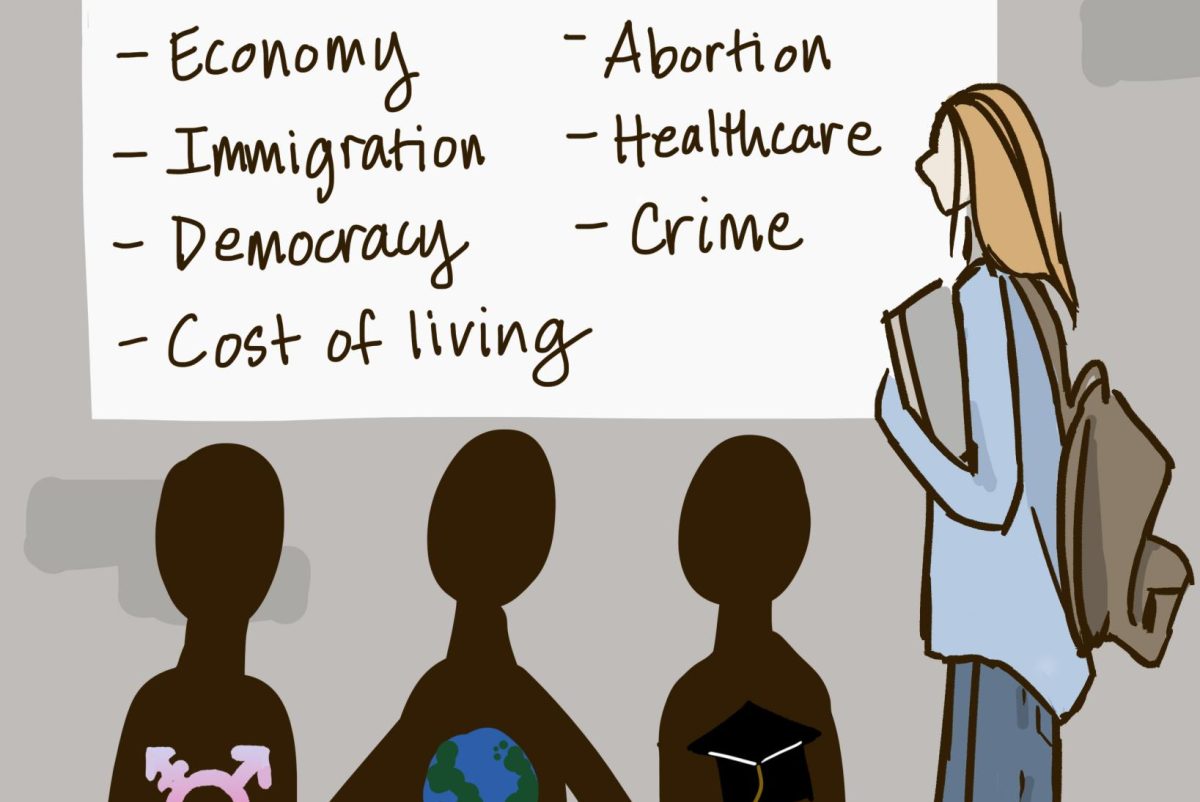

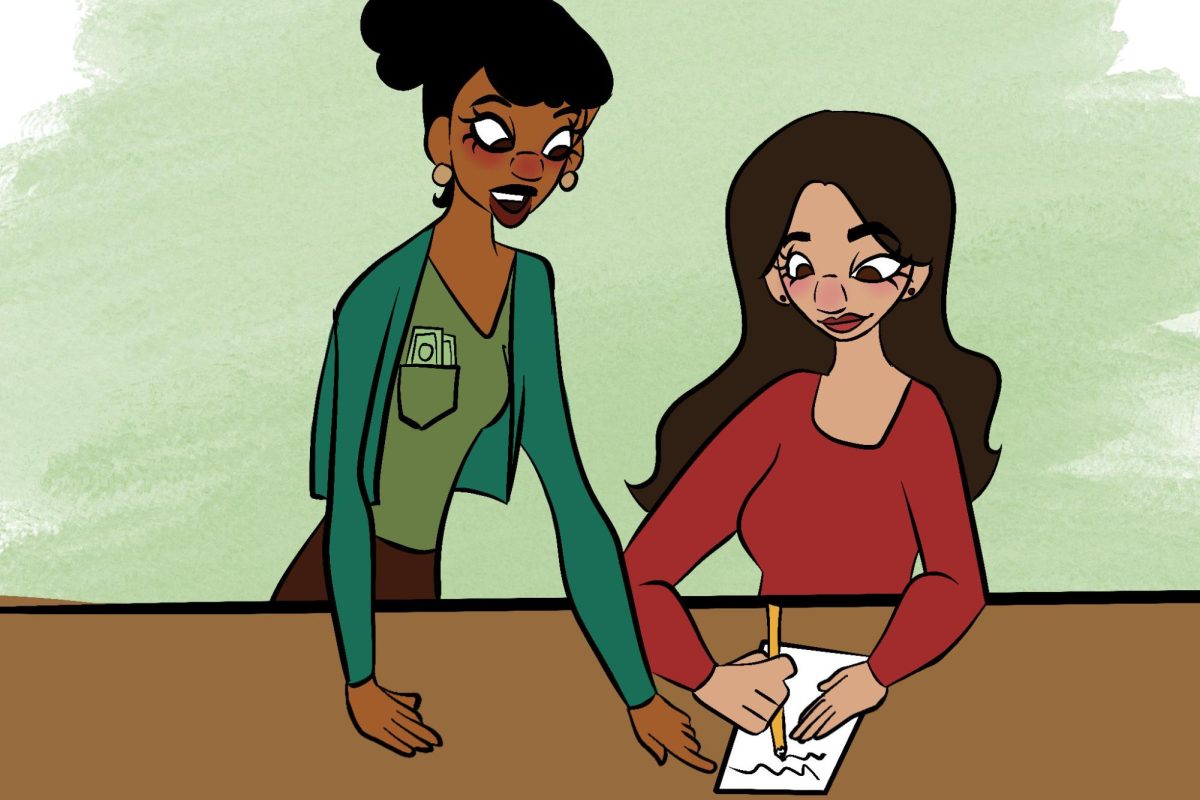
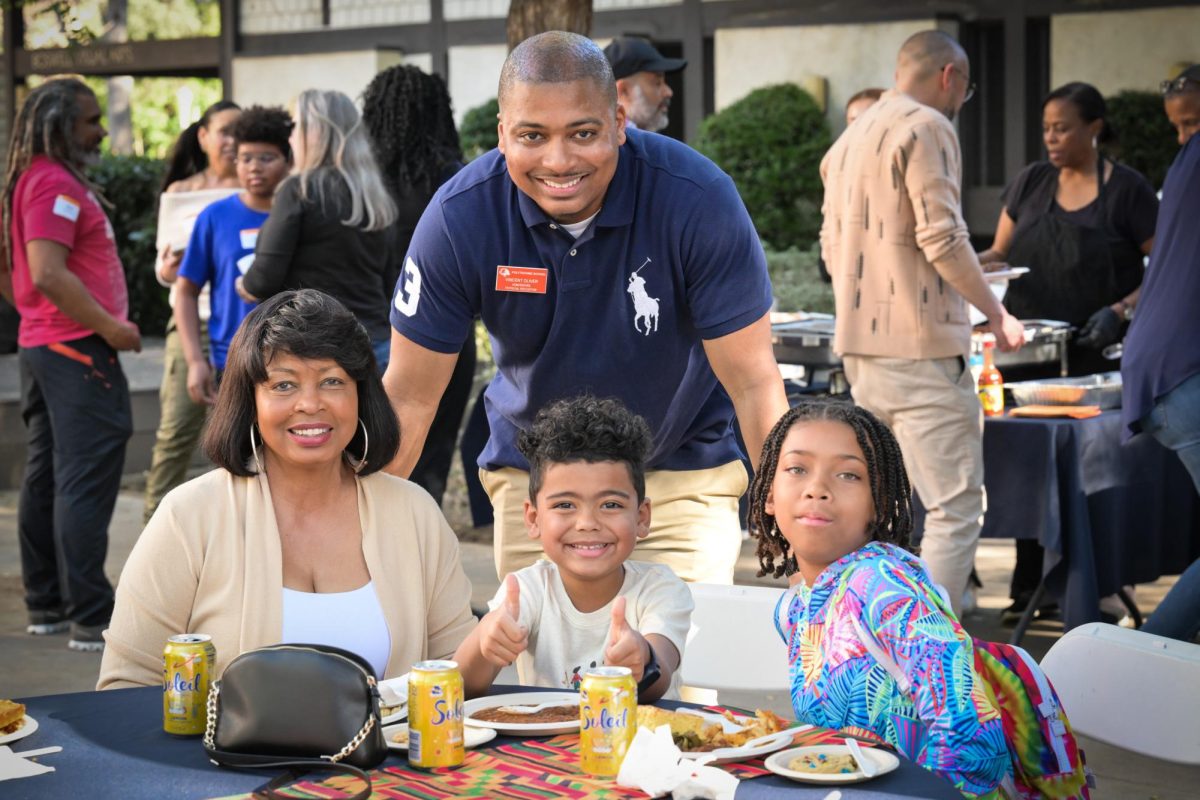
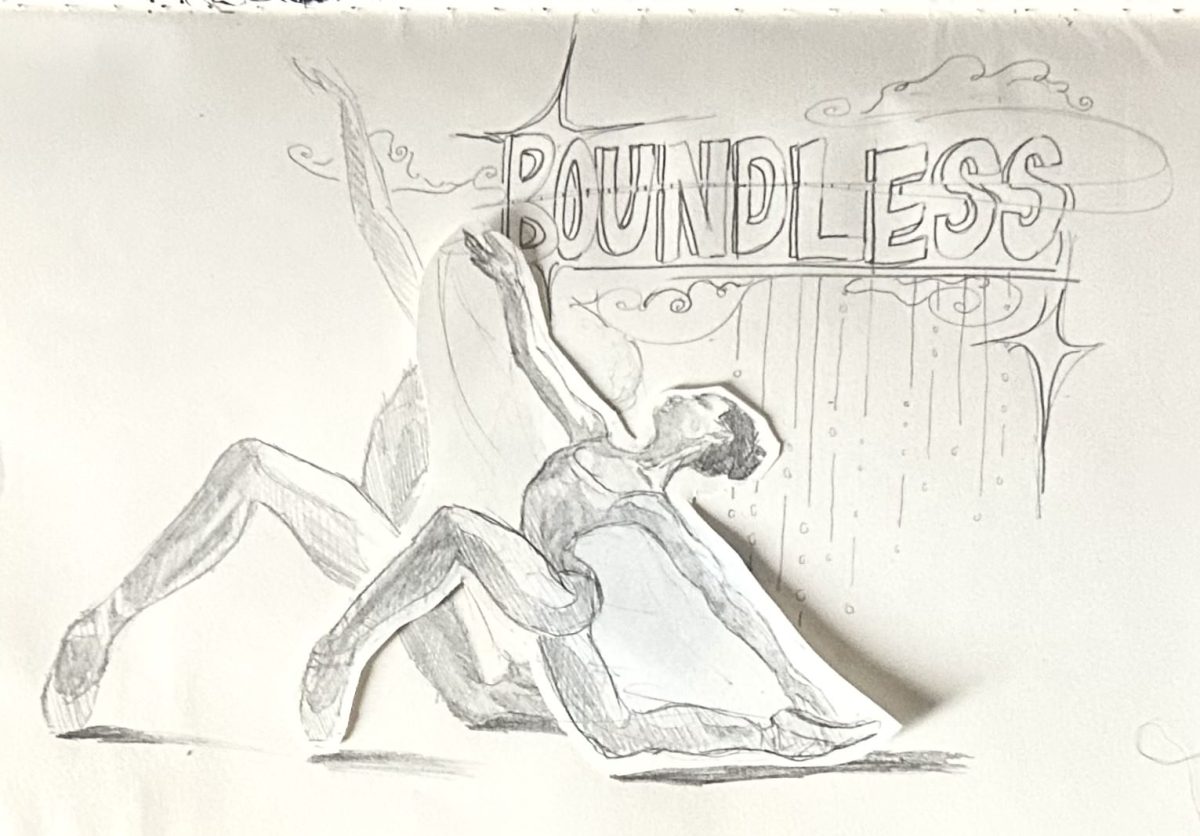
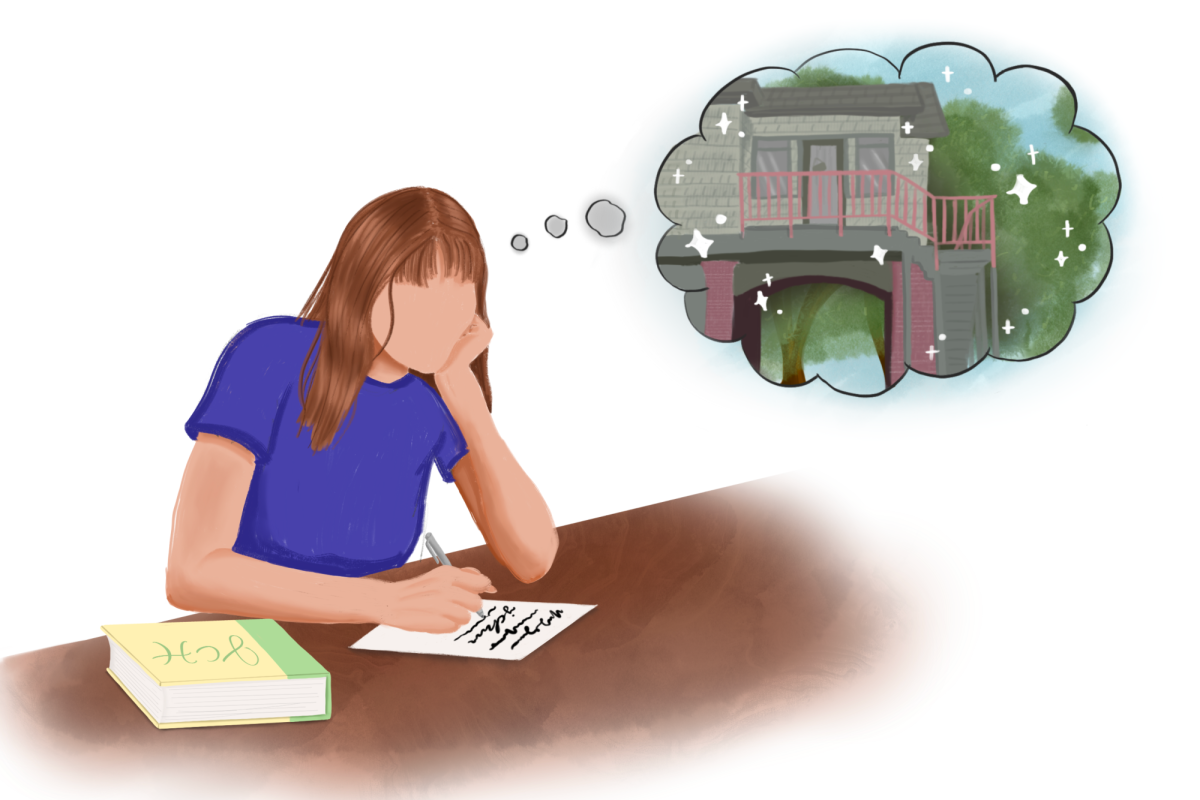



Charlie • Sep 15, 2024 at 3:40 pm
The old Outdoor Ed system was amazing at facilitating friendships between grades